Startling Fact: Termites cause an estimated $5 billion in property damage in the United States every year —and most of this cost isn't covered by homeowners' insurance. Ignoring early signs of termite activity or procrastinating termite control can mean catastrophic consequences for your home’s structure and your financial future. In this article, you'll learn why timing is critical for termite control, how to detect problems early, and what solutions truly work. Don't wait—your home's protection and value are at stake.
Termite Control: Why Timing Is Critical for Your Home’s Protection
The urgency behind termite control comes down to the hidden and compounding nature of termite damage. Every month you delay, colonies grow exponentially, silently feasting on your most important investment—your home. Unlike many other pests, termites work behind walls, under floors, and inside foundation walls, making their presence challenging to spot until severe harm is done.
Consider this: Each day, unrestrained termite activity brings your property closer to expensive repairs or total structural compromise. These pests can turn solid wood to brittle dust, jeopardizing beams, joists, and even the entire foundation wall. Investing in timely termite control is more than prevention; it's a direct line of defense to safeguard your family's finances and safety. Acting quickly doesn't just stop current damage—it ensures lasting termite protection for years to come.
- Every year, termites cause an estimated $5 billion in property damage in the United States alone.
- Understanding the urgent risks of delayed termite control can save you thousands in future repairs.
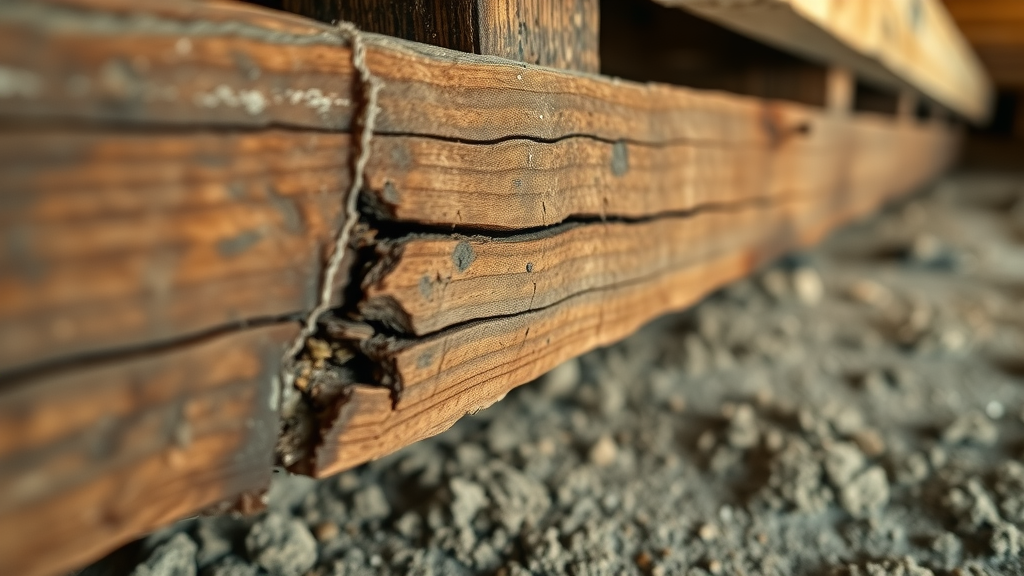
The Essentials of Termite Control Every Homeowner Needs to Know
Before winning the battle, you need to understand what termite control really means. Unlike general pest control that addresses nuisances like ants or roaches, termite control targets hidden but devastating threats. Termite treatments involve specialized chemicals, advanced bait station systems, and integrated methods designed for elusive pests that vanish into the structure of your home.
Effective termite control hinges on more than just deploying store-bought sprays. True success comes from a blend of professional strategies : regular termite inspection, targeted application of liquid termiticides, and ongoing monitoring via bait stations. Experts utilize knowledge of termite behavior and colony patterns to disrupt infestations where it matters most—inside the walls and under your floors.
- Key Definitions: What is termite control? It's the process of identifying, treating, and preventing termite infestations using specific tactics like chemical barrier creation, termite baiting, or whole-house fumigation.
- Critical Steps: Inspection, treatment planning, application of solutions, and follow-up monitoring form the backbone of professional termite treatments.
What You'll Gain by Prioritizing Termite Control
Immediate termite control doesn't just halt current destruction—it also minimizes costly, long-term structural issues that may otherwise go unseen for years. Timely action means that termite colonies don't have a chance to reach catastrophic sizes or threaten your entire home's stability.
Beyond financial protection, early engagement with termite control services provides you with peace of mind. Trained pest control professionals can identify unique risk factors in your environment and suggest proactive techniques designed to keep termites at bay. Experts also educate homeowners on the signs of active termite risk, empowering you to spot new problems early.
- Learn how immediate action can minimize long-term damage and costs
- Explore expert insights and proactive techniques in termite control management
| Method | Effectiveness | Cost | Longevity |
|---|---|---|---|
| Chemical Treatments (Liquid Termiticide) | High (quick kill, barrier effect) | Medium-High | 5-10 years |
| Bait Stations | High (targets colony, ongoing) | Medium | Continuous, with maintenance |
| Physical Barriers | Varies (good for new builds) | High (installation cost) | Permanent if undisturbed |
| Natural Solutions | Low-Medium (supplements other methods) | Low | Short-term, needs reapplication |
Types of Termite: Know Your Enemy to Master Termite Control
Understanding the types of termite that threaten your home is essential for crafting an effective termite control strategy. While all termites seek cellulose-rich materials—primarily wood—their behavior, colony formation, and potential for damage differ dramatically. Recognizing these differences helps you choose treatments that target the right species and deliver long-lasting termite protection.
From the infamous subterranean termite to stealthy drywood termites and the aggressive formosan termite , knowing your enemy can reveal weaknesses in their lifecycle and inform better inspection and intervention. Below, we break down the most common culprits plaguing American homes.
Subterranean Termites: Silent Structure Destroyers
Subterranean termites are notorious for building massive underground colonies and accessing homes via hidden mud tubes or foundation wall cracks. Their love for moisture and darkness allows them to silently consume wood from the inside out, frequently going undetected until severe damage emerges.
A critical feature of subterranean termites is their adeptness at reaching above-ground wood by constructing mud tubes. These discreet highways provide safe passage between the colony and a feast inside your walls. Spotting mud tube activity early is a key step in successful termite inspection and rapid pest control response.
- Identify unique behaviors and threats of subterranean termite colonies, especially their hidden foraging patterns and capacity for large-scale destruction.

Drywood Termites vs. Wood Termites: How Each Impacts Termite Control
While drywood termites often inhabit indoor dry wood—like exposed beams or attic joists— wood termites is a general term for several species including drywood and even some dampwood termites. Their colonies are smaller than subterranean types, but their decentralized nesting means an infestation can occur without ground contact or mud tubes.
The main challenge with drywood termites is their confetti-like frass, or droppings, found near infested wood. Infestations are often harder to spot and can lead to contamination risks through scattered debris and interior wood fragility. Effective termite control for drywood species typically involves localized treatment or whole-structure fumigation to reach hidden galleries inside wood.
- Critical differences and contamination risks when managing drywood termites versus subterranean or other wood termites .
Formosan Termite: Why These Super Pests Demand Immediate Termite Control
The formosan termite deserves special attention. Sometimes called "super termites," these invaders carry bigger colonies, consume wood at a much faster rate, and even attack non-wood materials like insulation and utility lines.
Recognizing a formosan termite infestation is crucial: look for carton nests, widespread wood damage, or rapid structure weakening. Because of their aggressive foraging and ability to nest in hidden places, formosan termite control must be swift and comprehensive—often requiring professional intervention with termiticides and routine follow-ups.
- Rapid destruction and key infestation signs to watch for when facing formosan termite invasions.
Termite Inspection: First Step in Successful Termite Control
A thorough termite inspection is the gateway to halting an unseen infestation and applying the right termite treatment . Professional inspectors check basements, crawlspaces, attic supports, and foundation walls for evidence of mud tubes, wood damage, and shed wings. Frequency depends on your risk zone, but experts recommend at least annual checks, with more frequent surveys in high-risk regions.
Can you do it yourself? Yes—but with limitations. DIY termite inspections involve probing wood for hollowness, scanning for frass, or looking for mud tubes along foundation walls. While these steps are essential for vigilance, expert inspectors bring sophisticated tools and trained eyes that can reveal subsurface problems missed by the untrained.
- Routine termite inspection should occur yearly, with best practices including visual checks and strategic probing near known risk areas.
- DIY inspection adds value, but professional service ensures complete detection and protection.

Termite Infestation Warning Signs Every Home Needs to Recognize
Despite the stealth of termites, several termite infestation warning signs can alert vigilant homeowners to potential trouble. The most reliable visual indicators include mud tubes trailing up foundation walls, piles of shed wings near windows or light sources, and frass beneath wooden structures. In addition, listen for hollow sounds when tapping on beams or look for cracked or blistered paint masking wood damage underneath.
Understanding the progression is key. Early stage signs may be subtle—tiny pinholes or delicate mud tubes in hidden corners—while advanced infestations reveal more obvious physical damage. Recognizing a pattern of deterioration helps you intervene with pest control before costs and consequences compound.
- Physical evidence: mud tubes, discarded wings, and frass in your home are clear termite red flags.
- Unexpected wood damage and hollow sounds indicate the need for immediate inspection.
- Grasping the pattern and progression of infestation empowers timely termite control responses.
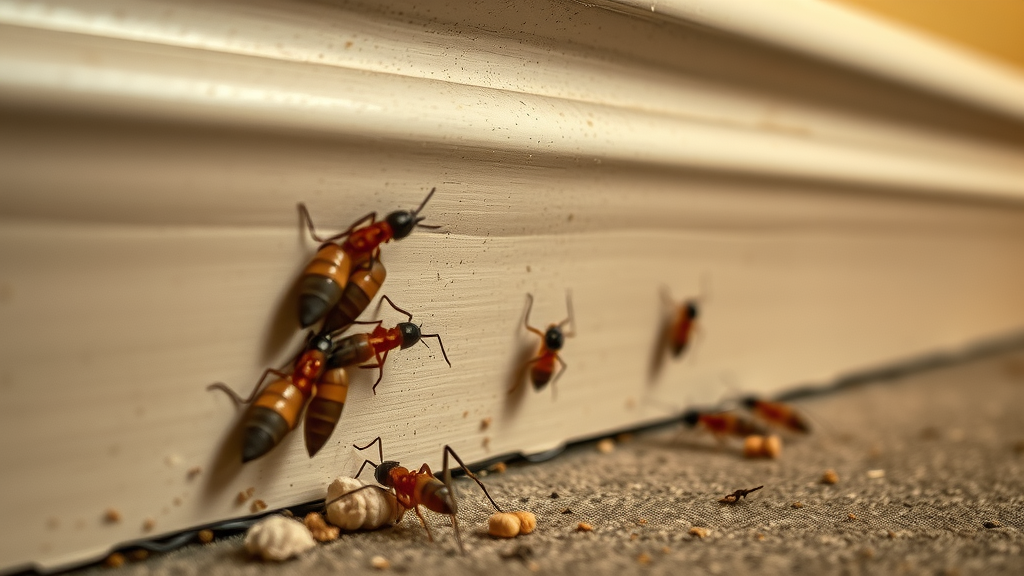
Mud Tubes and Other Giveaways: Invisible Indicators in Termite Control
Mud tube formation is perhaps the most distinctive sign of subterranean termite activity. Unlike cracks from settling, these narrow, earthy tunnels snake up foundation walls, piers, or inside crawlspaces, offering a protected route from soil to wood. Sometimes, galleries inside wood also fill with dirt and frass, providing subtle but telling indicators.
Checking dark, damp corners, crawlspaces, and around pipes for mud tubes or termite galleries increases your odds of finding trouble early. Don't forget: invisible doesn’t mean absent—destructive termite activity often starts unnoticed under the surface, making proactive termite inspections a top priority.
- How to spot mud tubes , galleries, and other distinctive termite warnings
Termite Treatment Options: Know the Solutions in Termite Control
Once an active termite infestation is confirmed, selecting an appropriate termite treatment is vital. Modern pest control companies offer a spectrum of choices, ranging from soil-injected liquid termiticides to strategically placed bait stations and even full-home fumigation for severe or inaccessible cases. Choosing the right method hinges on termite type, severity of infestation, and construction style.
Each termite treatment employs specific active ingredients, targeting termites at different stages of their life cycle. A careful, customized plan—developed with the guidance of pest control professionals—ensures termites are eliminated and new infestations prevented.
Professional Termite Treatments: What to Expect
Professional termite treatments generally include the application of liquid termiticide around the home’s perimeter, creating a chemical barrier that either repels or kills termites on contact. In some cases, technicians may recommend a full-structure fumigation, particularly for severe drywood termite problems in hard-to-reach attics or internal beams.
Advanced options, like trunk injections and foam treatments, address termites nesting inside walls or support structures. Competent pest control companies utilize modern monitoring and targeted termiticides, ensuring maximum efficacy with minimal environmental impact.
- Liquid barriers, termiticides, and whole-house fumigation provide comprehensive termite treatment for varying infestation levels.
DIY Termite Control: Risks and Rewards
The allure of DIY termite control is cost savings and a sense of empowerment, but results often don't match professional tools and expertise. Over-the-counter sprays or foam rarely penetrate deep enough to reach major termite colonies. Worse, incomplete treatment can scatter colonies, encouraging hidden reproduction and spreading the infestation further.
When limited, short-term success is observed—such as seeing fewer mud tubes or less frass—it may mask an active colony deeper in your walls. Most experts recommend DIY only for supplementing, not replacing, regular inspections and robust professional termite treatments.
- DIY approaches have crucial limitations—escalate to professionals when the risk of hidden, expanding termite colonies is high.
Termite Bait Systems and Bait Stations: Modern Innovations in Termite Control
The evolution of termite control has brought about bait station and baiting system technologies recognized for their ability to target entire colonies, not just surface pests. These stations use slow-acting, termite-specific baits—often laced with an active ingredient that disrupts feeding, growth, or reproduction. When installed around the perimeter, bait stations intercept foraging termites, spreading the active ingredient to the colony and eventually causing its collapse.
Effectiveness hinges on proper installation and monitoring—placing stations near known termite trails, mud tubes, or moist earth increases your odds of colony elimination. Homeowners and professionals alike should routinely check bait station integrity and replenish termiticides as needed.
- Bait stations disrupt infestations by targeting not just stragglers but the queen and colony core.
- Optimal results demand precise placement, periodic monitoring, and a persistent approach.
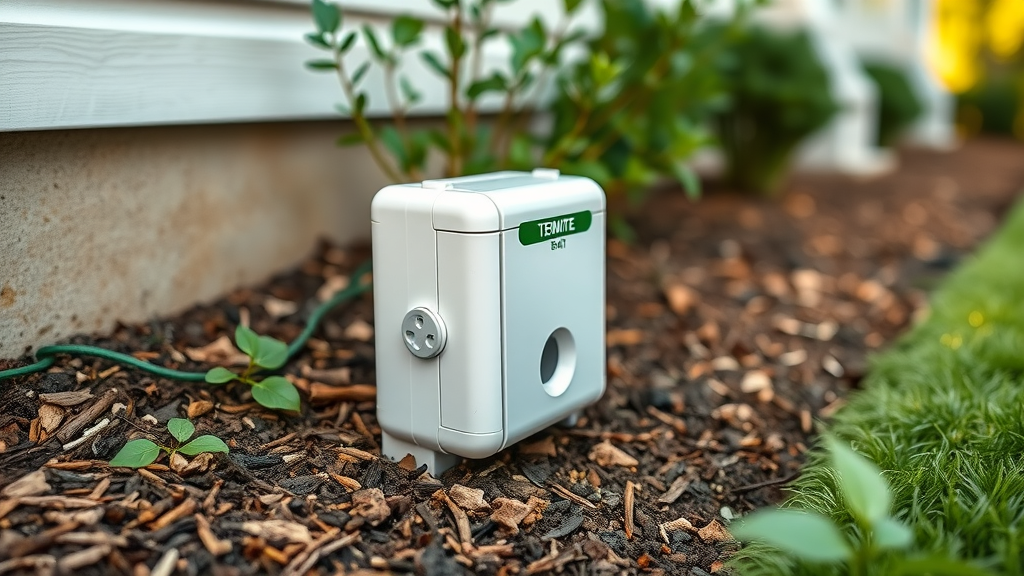
- Types of termite baits vary by active ingredient and feeding strategy—consult a pest control expert for best fit.
- Installation includes placing stations 10-15 feet apart along structural perimeters and key risk zones.
- Ongoing monitoring ensures baits remain fresh and colonies are completely eliminated.
| Method | Pros | Cons |
|---|---|---|
| Termite Bait/Bait Stations | Targets entire colony, low toxicity, easy to monitor | Slower results, needs regular checks |
| Liquid Termiticide Barrier | Fast results, long-lasting protection, proven efficacy | Higher upfront cost, potential environmental impact |
| Fumigation | Effective for severe/hidden infestations | Inconvenient, temporarily displaces occupants |
Prevent Termite Infestation: Best Practices for Ongoing Termite Control
An ounce of prevention is worth a pound of cure in termite control . Applying smart, ongoing practices is the only reliable way to keep new colonies from attacking your property. The most effective strategies center on reducing conditions that attract termites: excessive soil moisture, exposed wood, and unsealed foundation walls.
Sealing cracks, maintaining low indoor humidity, and storing wood at least 20 feet from your foundation can all help stave off an infestation. In tandem with annual professional inspections—or as a supplement for DIYers—these steps provide layered pest control, making your home an unattractive target for hungry termites.
- Eliminate excess moisture by fixing leaks and improving drainage around your home's foundation wall.
- Remove wood debris, mulch, and firewood stacks from near your house to prevent termites from foraging close to your structure.
- Seal cracks and gaps in your home's exterior and foundation to block access points.
- Long-term pest control strategies ensure resilient termite protection long beyond one-time treatments.

A must-see for homeowners—watch how modern pest control professionals detect, treat, and monitor termite activity, combining high-tech monitoring with hands-on expertise for lasting termite protection.
Debunking Common Myths About Termite Control
Misconceptions often lead to complacency or missteps in termite control. Some believe visible mud tubes or discarded wings must be present before an infestation becomes serious, while others assume one-time treatments guarantee lifetime protection. In reality, termite colonies can thrive under the radar, and even the best termite treatment may require ongoing vigilance.
“Delaying termite control is gambling with your property’s future.” – Professional Pest Control Specialist
- Addressing misconceptions about recurrence—termite prevention and regular inspection are crucial, no matter your last treatment.
The Financial Impact of Delayed Termite Control
Delaying action on termite control can transform minor repairs into daunting bills. Repairing structural termite damage regularly exceeds several thousand dollars—sometimes hitting five figures—compared to the lower, predictable annual investment of preventive termite inspections and targeted pest control.
Statistical reviews consistently show that homeowners who invest in regular termite inspections and prompt treatments endure far fewer costs, less downtime, and preserve a much higher property value over time.
- Statistical analysis: Spending a few hundred dollars each year on proactive termite protection vs. incurring thousands in damage repair from unchecked infestations.

Insurance and Termite Control: What’s Actually Covered?
Many homeowners mistakenly believe standard property insurance covers termite infestations. In truth, most policies exclude coverage for termite damage , viewing it as a preventable maintenance issue rather than an unforeseen peril. Understanding these exclusions can be the difference between a minor inconvenience and total financial loss after a termite infestation.
Some insurers offer optional add-ons for limited termite protection or may cover sudden, accidental damage directly related to termite treatments , but these scenarios are rare. Always review your policy details—and never assume termite repairs are automatically included.
- Explore typical exclusions and exact scenarios that are covered for termite treatment under homeowner's insurance.
What Makes the Best Method of Termite Control? Evaluation and Selection Criteria
Selecting the most appropriate termite control comes down to property structure, infestation type, environmental sensitivity, and desired longevity. Rapid-kill liquid termiticides shine in high-infestation settings, while bait stations and integrated pest management approaches are ideal for sensitive environments and ongoing protection.
Balance environmental impact, effectiveness, cost, and risk to pets or humans when deciding. Consult with trusted pest control professionals to tailor solutions for your location and infestation level—precision and customization produce the best outcomes every time.
- Choose termite control based on your specific risk factors: severity of problem, type of termite, budget, and future prevention needs.
- Balance efficacy and safety for your family, pets, and environment.
Case Studies: Effective Termite Control in Action
Real-life successes abound: homeowners who combined chemical barriers with modern bait station systems report long-term relief from active termite activity. Integrated pest management—blending regular inspections, environmental modifications, and timely professional intervention—offers broad, lasting results.
Detailed before-and-after case photos and experiences prove that termite control solutions, when tailored to property and species, can restore homes and stop termite infestations in their tracks. Continuous monitoring and maintenance remain the common themes among those who defeat termite invasions for good.
- Examples: From full home restoration post-infestation to seamless prevention—integrated pest control wins.
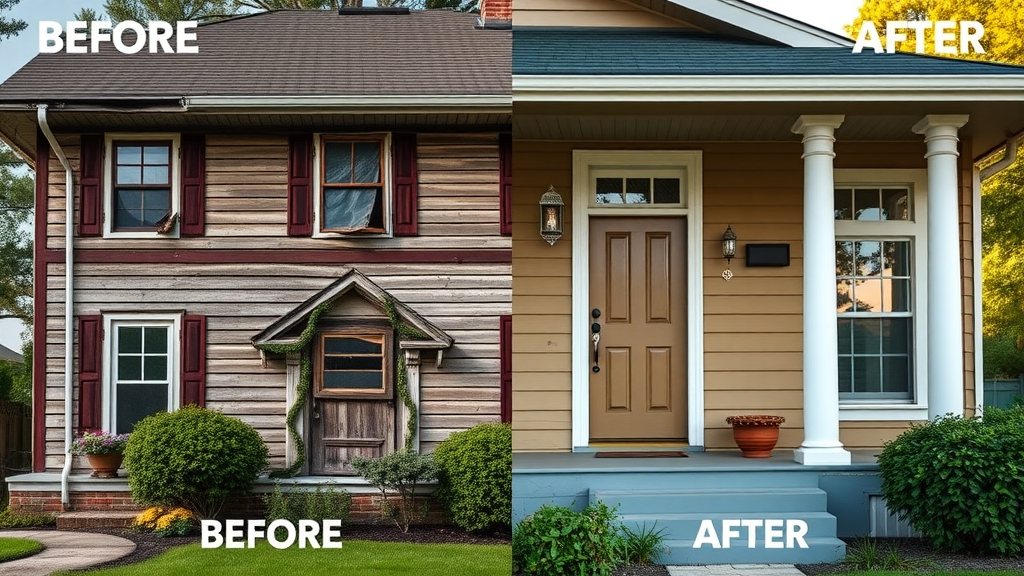
Watch pest control experts as they demonstrate placement, monitoring, and long-term success of advanced termite baiting system installations—key in managing and ultimately eliminating colonies.
List: Essential Products and Tools for Homeowner Termite Control
- Approved termiticides for soil and direct wood treatment
- Complete DIY termite kits and foam solutions
- Moisture meters for risk area detection
- Inspection tools like mirrors, screwdrivers, and protective gloves
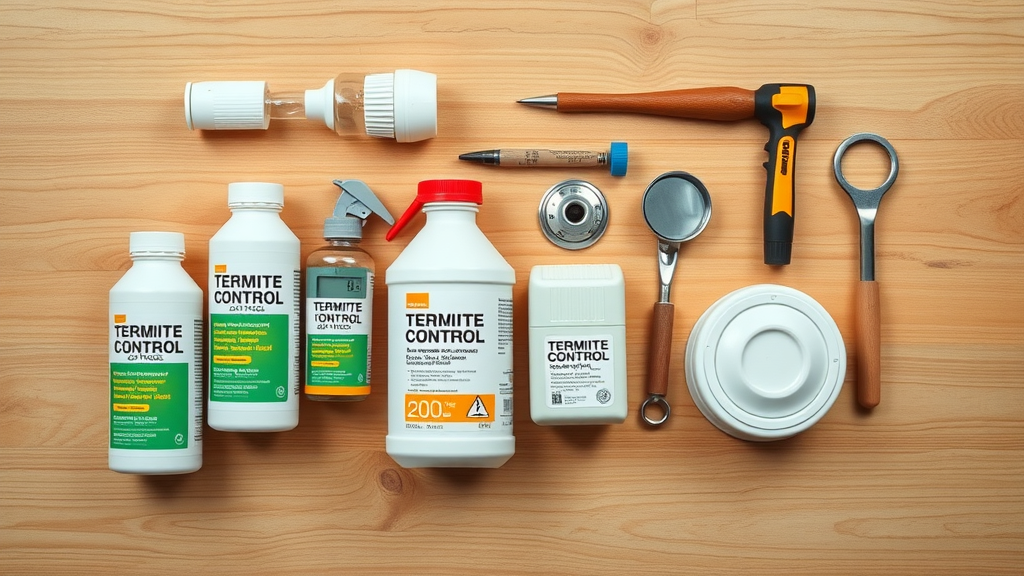
Can You Control Termites Yourself?
With the right tools and vigilance, homeowners can supplement termite control, but risks abound. DIY methods rarely reach deep or extensive enough to halt a full-blown termite infestation, and home remedies seldom affect large colonies or structural infestations.
Know when to escalate: minor, visible signs might be addressed with over-the-counter baits or foam, but if termites return quickly or you notice widespread damage, professional pest control is the safest and most cost-effective route.
- DIY termite control brings minimal success for large colonies—professional help is vital for termite protection and long-term peace of mind.
- Balance effort and risk carefully: call pest control experts when in doubt or for confirmed infestations.
What Is the Best Method of Termite Control?
Chemical barriers, advanced baiting system installations, and organic hybrid approaches all enter the conversation about the best termite control method. For most situations, integrated management—blending physical barriers, chemical treatments, bait stations, and ongoing monitoring—delivers the most robust pest control and termite protection.
Weigh criteria:
- Speed: Liquid termiticide is fastest for emergency response.
- Longevity: Bait stations and well-established chemical barriers offer ongoing defense.
- Environmental safety: Low-impact baits suit sensitive sites or family homes.
What Are Signs of Termites in Your House?
- Visual: Mud tubes, piles of shed wings, frass, pinholes in wood, cracked paint, and sagging floors
- Audible: Clicking noises inside walls or hollow-sounding wood when tapped
- Olfactory: Musty, mildew-like smell from hidden colonies or damp wood
- Systematic check: Probe attic beams, baseboards, crawlspaces, and inspect exterior walls for any anomalies on a quarterly basis.
Can You Permanently Get Rid of Termites?
Permanent termite eradication is the aspirational goal—but maintaining a termite-free environment is an ongoing process. Complete destruction of active colonies through professional termite treatments, followed by regular inspection and home maintenance, offers a realistic path to long-term safety.
- Have your home professionally treated for any active termite colonies.
- Set up annual inspection and monitoring plans with termite specialists.
- Practice ongoing moisture management and structural sealing to prevent termite recurrence.
- Best practices in termite control minimize long-term risks and maximize protection into the future.
FAQs on Termite Control, Termite Treatment, and Termite Inspection
-
Can you control termites yourself?
DIY termite control can offer initial relief for minor infestations, especially with store-bought baits and foam. However, only a licensed professional possesses the tools and expertise to completely eliminate a colony and prevent reinfestation. For severe or persistent issues, always contact a certified pest control provider.
-
What is the best method of termite control?
The best method combines multiple strategies: liquid barriers for quick kill, bait stations for long-term monitoring, and regular inspections to catch early activity. Integrated and customized plans suit your property and termite type for maximum termite protection.
-
What are signs of termites in your house?
Look for mud tubes along walls or foundation, loose wings, frass, hollow wood sounds, and sagging floors. Regular checks in vulnerable areas—crawlspaces, attics, and exposed beams—will help you spot termites early.
-
Can you permanently get rid of termites?
Total eradication is possible with professional treatment, but vigilance is key. Regular inspections and home maintenance are essential to catch and prevent future infestations, ensuring lasting termite protection.
“Acting early on termite control is the most cost-effective decision a homeowner can make.”
Critical Next Steps: Prioritize Termite Control Before It’s Too Late
- Schedule a comprehensive termite inspection by a certified expert.
- Review and select customized termite treatment options tailored to your property's risk and current infestation.
- Enroll in annual protection plans to ensure ongoing monitoring and rapid response to future threats.
- Contact a licensed pest control professional for immediate termite inspection or treatment.

Key Points on Why Immediate Termite Control Matters
- Delays cause exponential damage—early action preserves structural integrity and saves on costly repairs.
- Routine inspection and prompt treatment deliver peace of mind and prevent surprise infestations.
- Comprehensive termite control is the best investment you will make for your home's longevity and resale value.
Don’t Delay—Safeguard Your Home with Professional Termite Control Today
Your home is at risk every day you wait. Act now by partnering with a trusted pest control company and implementing a proactive termite control plan. Secure your investment—because the cost of waiting is always higher than the cost of protection.
To deepen your understanding of termite control and prevention, consider exploring the following authoritative resources:
-
The U.S. Environmental Protection Agency’s guide, “Termites: How to Identify and Control Them” , offers comprehensive information on identifying termite activity, preventive measures, and treatment options.
-
The National Pesticide Information Center provides a detailed overview in their article, “Termites” , which includes prevention tips and treatment strategies to protect your home from infestations.
These resources will equip you with the knowledge to effectively safeguard your property against termite damage.
 Add Row
Add Row  Add
Add 


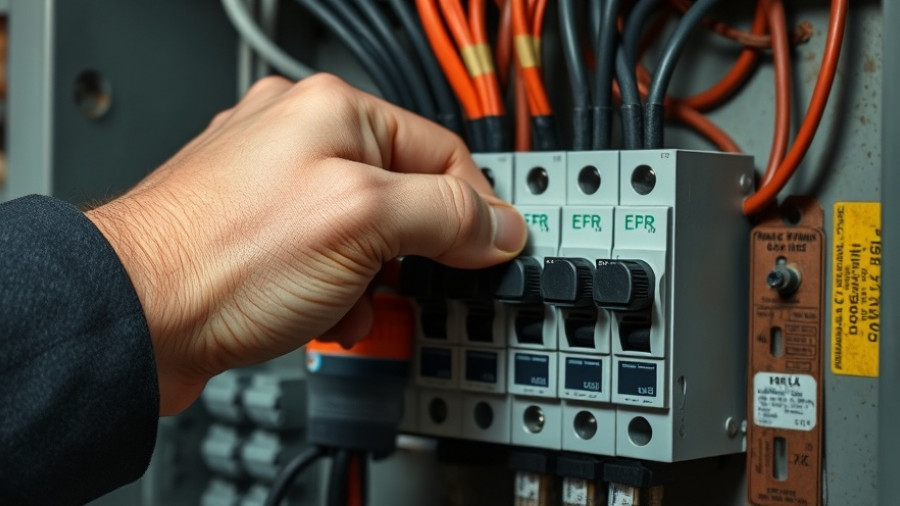

Write A Comment